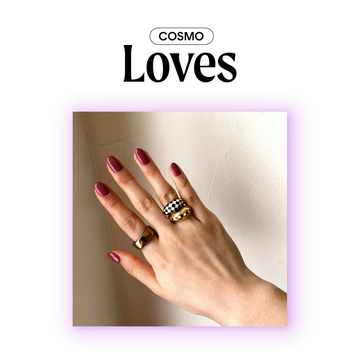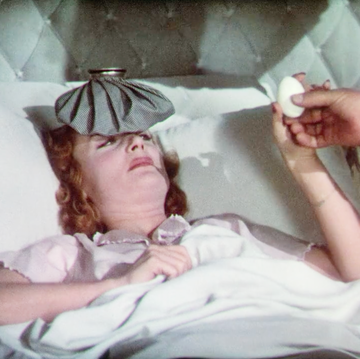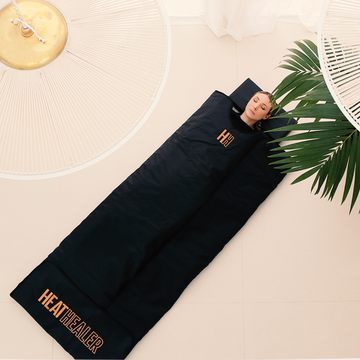You know your eyes can speak volumes about your *~fEeLiNgs~* — but some research suggests they can also say a lot about your health: Because certain eye colors are associated with certain health conditions, anyone who can ID their own eye color should be able to estimate whether they have a relatively greater risk of disease — at least in theory.
Of course your actual risk of developing a particular disease depends on countless other factors, like your environment and genes. Also obvious: You'd need to be an eye doctor to detect the most serious warning signs. But if you want to know what your eye color, alone, could say about your health risks, consult the chart above. (Just be sure to rely on your doctor for a 360-degree assessment.)
Brown Irises
The darker your eyes appear, the more UV-protection you're born with, says ophthalmologist Ivan Schwab, M.D., clinical spokesperson for the American Academy of Ophthalmology. (That doesn't mean you can skip sunscreen and sunglasses — everyone can benefit from those UV-blockers, Dr. Schwab says.) You're less likely than light-eyed people to develop eye and skin cancer, and cataracts (clouding of the eye's lens).
Other research suggests you may be less likely to develop vitiligo, an autoimmune skin disease characterized by white patches of skin and hair.
Another thing: You probably have a lower tolerance for pain and higher likelihood of anxiety than light-eyed women, particularly during childbirth, according to a small study presented at the 2014 American Pain Society (APS) 33rd Annual Scientific Meeting. Researchers say you can blame your genes for that.
Hazel Irises
Your hazel eyes could mean you're more susceptible to pain and anxiety than women with lighter-colored eyes, according to the APS study, which grouped hazel- and brown-eyed women into a single dark-eyed category.
Green Irises
Women with light-colored eyes may have a higher tolerance for pain, and lower risk of anxiety and depression, particularly during labor and after childbirth, according to the APS study.
Your light eyes also provide less UV protection than brown eyes, which means you have a higher risk of eye melanoma.
Blue Irises
In addition to experiencing the same risks as those with green eyes, you may be more likely than your dark-eyed counterparts to develop alcohol dependency, according to recent research. (The study authors can't explain this random correlation — and they admit that more research is needed.)
Red Eyes
Everyone gets red eyes from time to time when blood vessels well or dilate. It's usually due to eye dryness, allergies, sun exposure, or dust. Interestingly, regular eye redness has been linked to depression — particularly among Olds. If your eyes are red for more than a couple of days in a row, see your doctor for a formal diagnosis. You could have Sjögren's syndrome, a common autoimmune disease, an infection, blood vessel abnormality, or something even more serious. Alternatively, you are Voldemort.
Yellowish Eyes
When the whites of your eyes bear a yellowish tint, your liver could be in trouble. Yellow eyes are a symptom of jaundice, a liver disease that affects the body's ability to filter a particular substance. It's also been traced to alcoholism.
Follow Elizabeth on Twitter and Instagram.

Elizabeth Narins is a Brooklyn, NY-based writer and a former senior editor at Cosmopolitan.com, where she wrote about fitness, health, and more. Follow her at @ejnarins.












